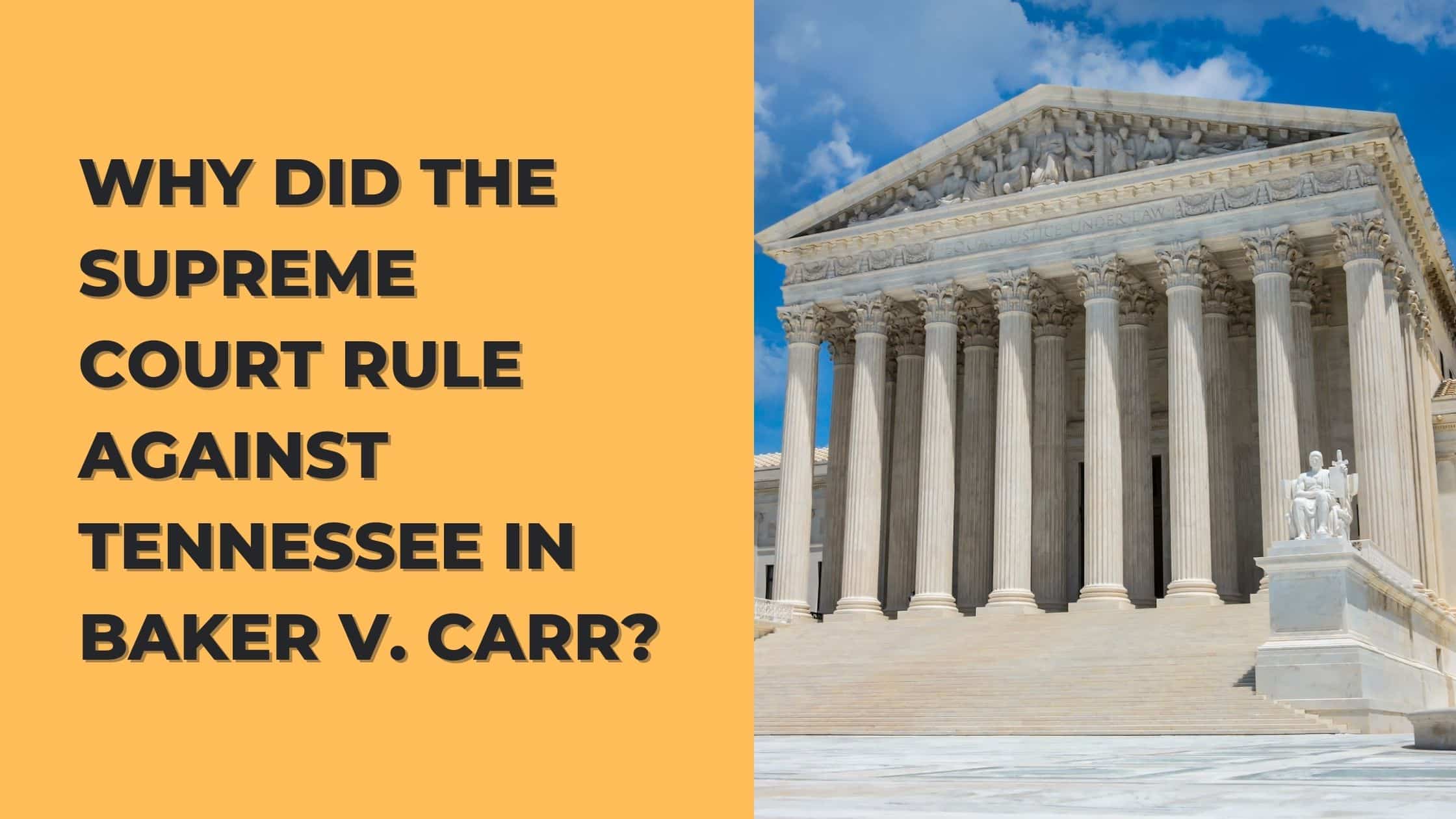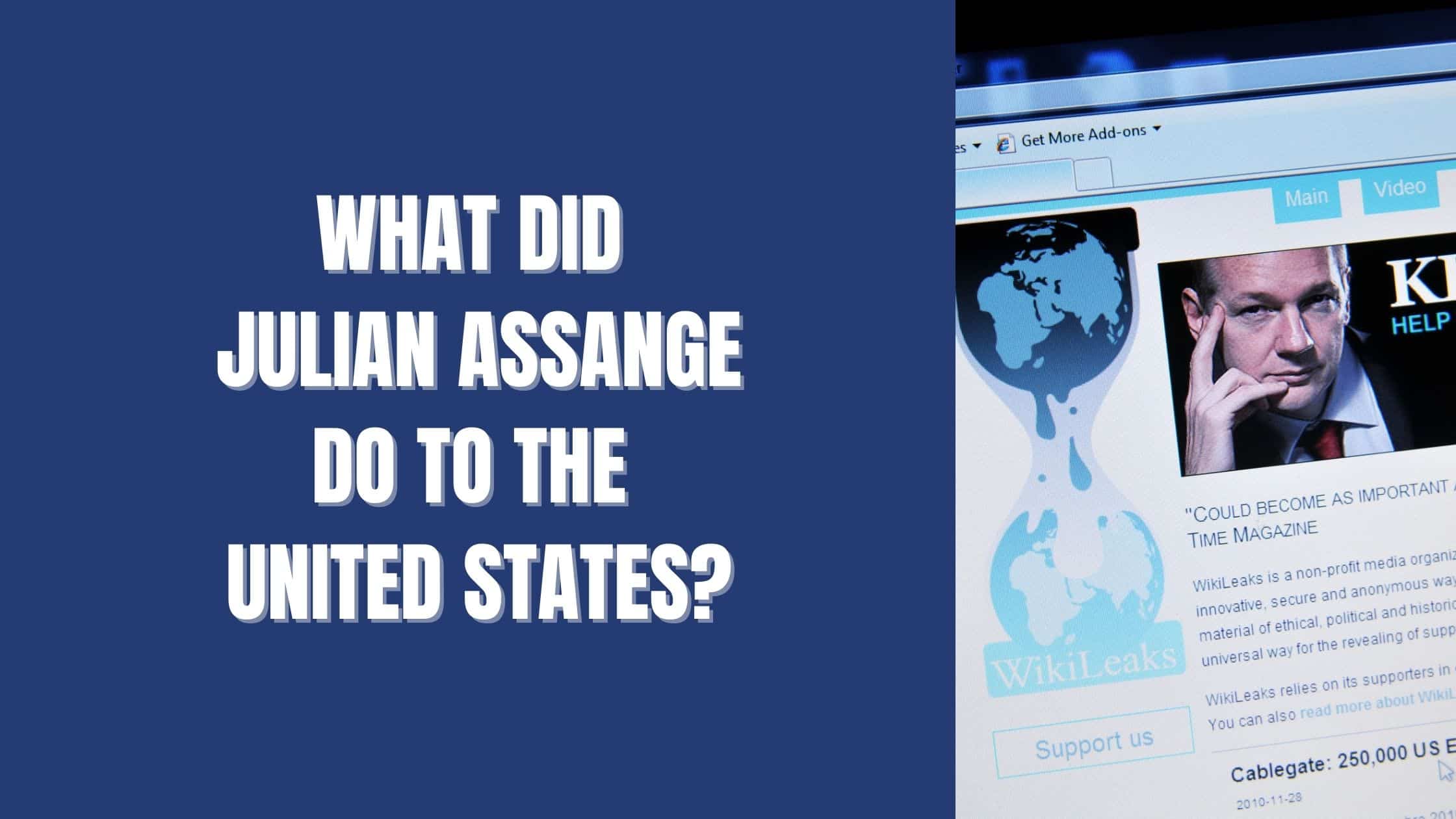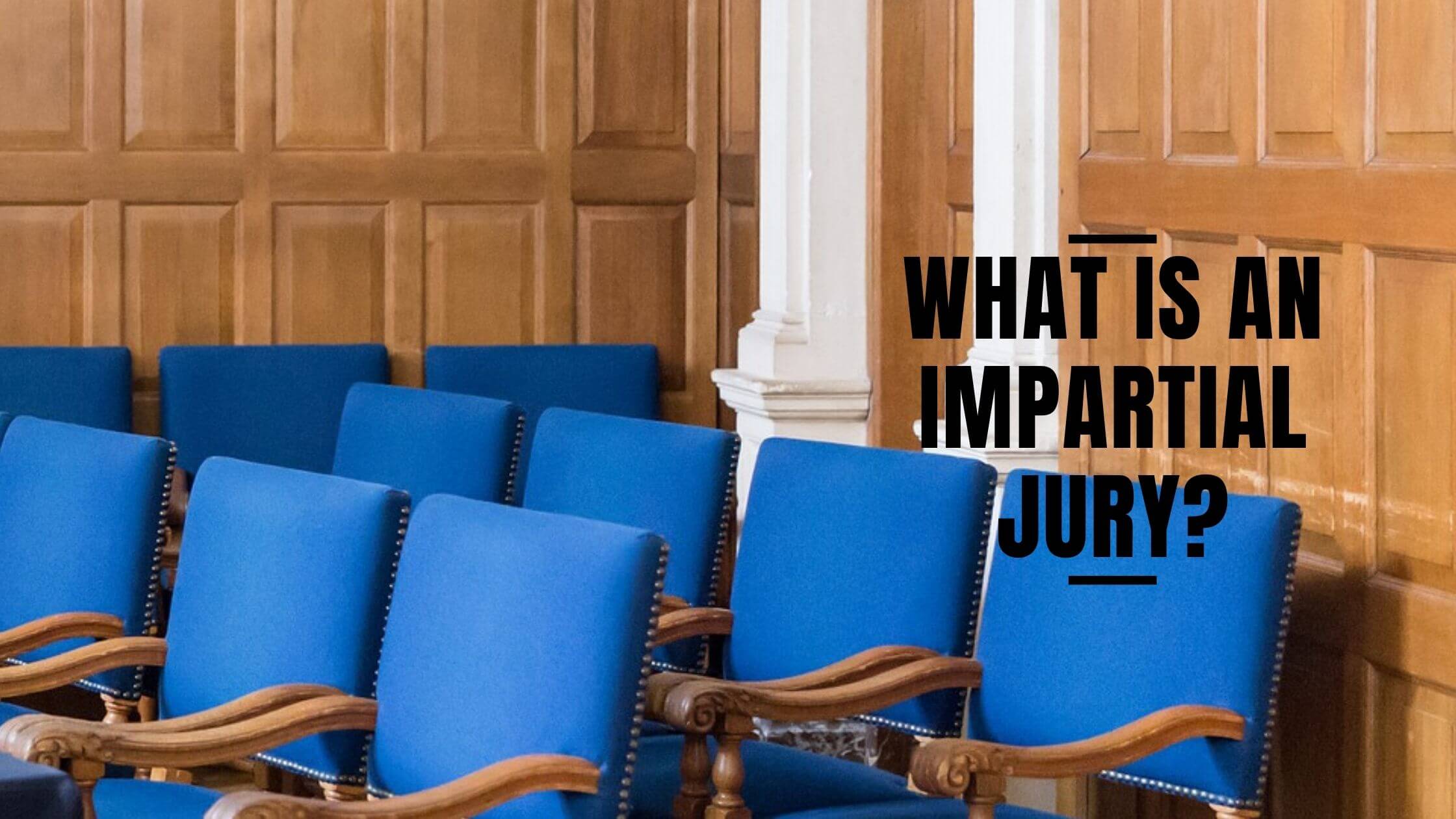Table of Contents
Toggle14th Amendment
The Fourteenth Amendment to the United States Constitution was one of the most impactful amendments in the nation’s political history. It addressed the questions of equal protection under the law and citizenship rights.
In Baker v. Carr (1962), the United States Supreme Court was called to decide on a state’s establishment of electoral boundaries.
The court concluded that by omitting to update its voting districts, said state infringed upon the civil rights of citizens to fair legislative apportionment and representation in accordance with the Equal Protection Clause of the Fourteenth Amendment.
Baker v. Carr (1962)
Based on a 1901 state law, Tennessee’s legislative districts need to be redrawn every ten years to adapt to the state’s current demographics following the previous year’s census.

However, Tennessee remained with the same legislative map for the first decades of the 20th century. All the while, the population there grew by over 1.5 million.
The 1920 census signaled a significant shift in the population’s distribution, showing more people dwelling in cities than in rural areas.
Tennessee’s legislature largely overlooked this phenomenon. Meanwhile, cities struggled to get the attention they needed.
Charles W. Baker, who used to serve as the mayor of Millington, resided in an electoral district in urban Tennessee (Shelby County) that was moderately underrepresented compared to rural voting districts.
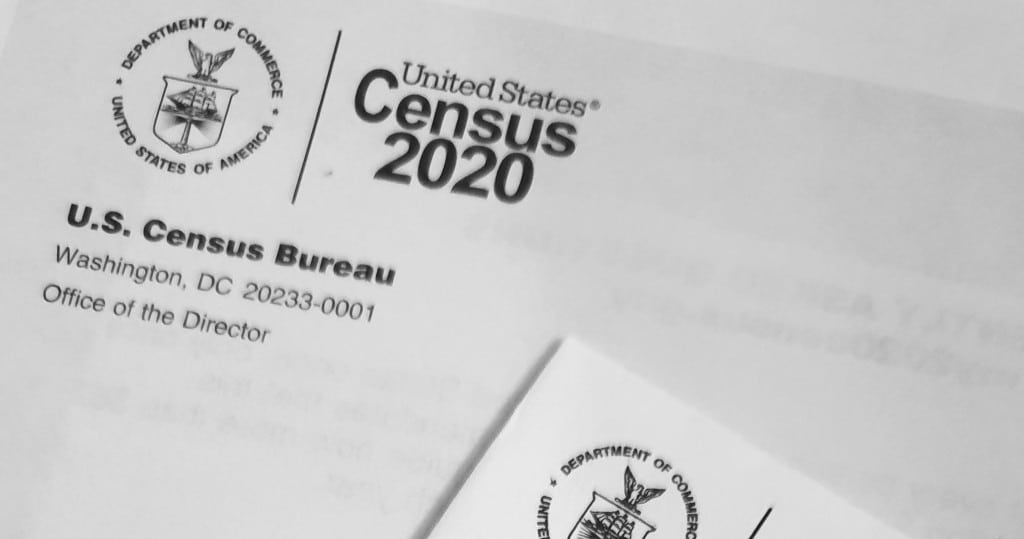
He sued the State of Tennessee (represented by Secretary of State Joe C. Carr) in a federal district court as lead plaintiff. Several reform groups – such as the League of Women Voters – joined Baker in his endeavor.
In that suit, they alleged that the State of Tennessee had an obligation to redistrict to ensure that the representation of state legislative districts was proportional to its population and that, by failing to do so, the state violated its constitutional right to be fairly represented at the state legislature.
District Court Decision
The lower court rendered the claim non-justiciable because the arrangement of legislative districts was not a legal but a political question and, therefore, not appropriate for judicial review. By doing so, they favored Tennessee’s main argument.

The “political question” doctrine rests on the premise that politically-accountable branches of government have discretionary power to perform certain duties of a strictly non-legal nature.
In this sense, the court determined that a favorable decision would result in judicial power overstepping the boundaries of executive power, undermining thus the separation of powers between legislatures and the courts.
The decision to dismiss the suit was undergirded by a previous Supreme Court decision (Colegrove v. Green), wherein Justice Felix Frankfurter concluded that any deficiencies in apportionment had to be addressed via a political process and not a judicial one.
Supreme Court Ruling
The process at the Supreme Court, under Chief Justice Earl Warren, is considered one of the most disputed and divisive in the jurisdiction’s history.

Get Smarter on US News, History, and the Constitution
Join the thousands of fellow patriots who rely on our 5-minute newsletter to stay informed on the key events and trends that shaped our nation's past and continue to shape its present.
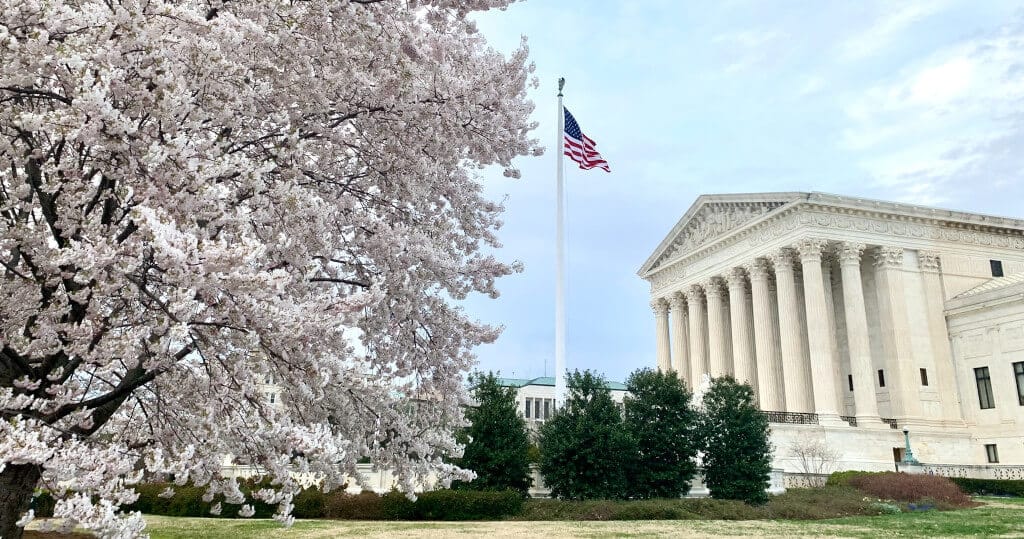
Even one of the Justices, Charles Whittaker, had seemingly developed health complications due to the tensions that this case generated. He was forced to retire from the court the year the decision was issued.
After almost a year of heated disputes, in March 1962, the court reached an authoritative opinion on the matter. It voted six to two in favor of ruling the case as justiciable, with one justice (the aforementioned Whittaker) not participating in the voting.
The Majority Opinion
The majority opinion was formulated by Justice William J. Brennan, who proceeded to revisit the “political question” doctrine by outlining six factors that would help identify any situation as such, to wit:
- The constitutional commitment of the matter to a coordinated political department. One example cited in the opinion was related to executive war powers and foreign affairs issues.
- The absence of any “judicially discoverable” standards for redressing it.
- The impossibility of reaching a decision without prior policy requiring non-judicial discretion.
- The impossibility of the court issuing an independent resolution without disregard for the executive branches.
- The need for unquestioning adherence to an already-made political resolve.
- The possibility of disrepute due to the issuance of multiple pronouncements by various departments on one subject.
Justice Brennan’s Main Argument
One of the main arguments put forth by Justice Brennan was that the district court’s decision was based on a misinterpretation of Colegrove v. Green and that this latter case doesn’t ultimately support their underpinning arguments.
Furthermore, he emphasized that this decision only concerned itself with challenging the statute without supplanting the executive branch’s authority to perform the redistricting. This assertion convinced many of Brennan’s colleagues, including the initially undecided Justice Potter Stewart.
Justice Clark commented how he would not have considered the court’s intervention on this matter unless he had the assurance that no other remedies were available for the people of Tennessee, such as the possibility of a referendum or initiative.
Dissenting Opinions (Justice Frankfurter and Justice Harlan)
Justice Frankfurter – the driving force behind the majority views in both Colegrove v. Green and Gomillion v. Lightfoot decisions – would naturally be the strongest opponent to Justice Brennan’s views.

He drafted an extensive statement expressing his deep distress over the repercussions of Colegrove’s overruling.
One of Frankfurter’s main points of contention highlights how this potential “overreach” by the court would foretell “the futility of judicial intervention” in inherently political conflicts that historically determined the relationship between the voting population and its representatives.
In his view, this decision may also undercut the court’s status as the ultimate guarantor of the “Supreme Law of the Land” by immersing the organ in a wide array of legal problems like the one under review, firmly enmeshed in what he called “popular feeling.”
Frankfurter was joined in his disagreement by Justice John Marshall Harlan II, who additionally stressed that the majority opinion did not discuss the fundamental question of whether the complaint actually evidenced an apparent infringement of a federal constitutional right.
Moreover, in his view, the claim failed to show any violation of the 14th Amendment.
